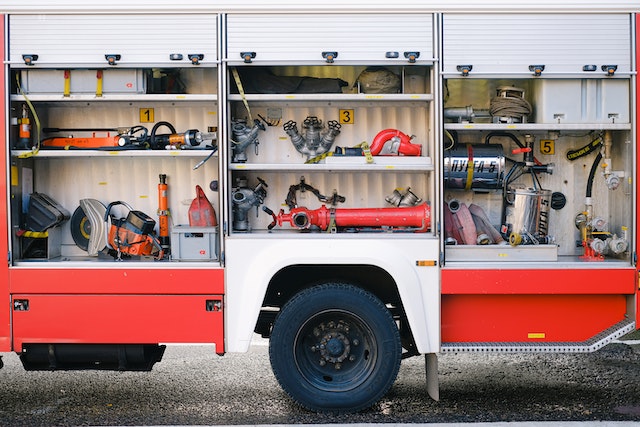In the realm of home maintenance and safety, some heroes remain hidden in plain sight. One such unsung hero is the main water shut-off valve. Often overlooked and underestimated, this unassuming device plays a crucial role in safeguarding your home from potential water-related disasters. In this blog, we’ll dive deep into the world of main water shut-off valves, exploring their significance, operation, and why every homeowner should be well-acquainted with their location and usage.
The Significance of the Main Water Shut-Off Valve
Imagine coming home after a long day, only to find a burst pipe flooding your living room. The water gushing out not only damages your belongings but also poses a risk to the structural integrity of your home. This nightmare scenario underscores the importance of the main water shut-off valve, which is your first line of defense against such emergencies.
The main water shut-off valve serves as the gateway to the water supply for your entire home. When properly used, it can halt the flow of water throughout your plumbing system, mitigating damage caused by leaks, burst pipes, or other plumbing mishaps. Understanding the location and operation of this valve can mean the difference between a minor inconvenience and a costly catastrophe.
Locating the Main Water Shut-Off Valve
The challenge lies in knowing where to find the main water shut-off valve. In most homes, this valve is typically located in the basement, crawlspace, utility closet, or along an exterior wall. It’s usually close to where the main water line enters your home. In some cases, you might find it near your water heater or inside a cabinet.
If you’re unsure about the location of your main water shut-off valve, take some time to locate it. This simple step can save you precious minutes during a water-related crisis.
Operating the Main Water Shut-Off Valve
Equally important is understanding how to operate the main water shut-off valve. Different homes might have different types of valves, but the most common ones include gate valves and ball valves.
- Gate Valves: These are wheel-like valves that need to be turned multiple times to fully open or close. Turn the wheel clockwise to shut off the water and counterclockwise to turn it back on. Keep in mind that gate valves can become stiff if not used regularly, so give them a little exercise every now and then.
- Ball Valves: Ball valves are more common nowadays due to their reliability. They have a lever handle that is perpendicular to the pipe when open and parallel to it when closed. To shut off the water, simply turn the lever a quarter turn.
Why Every Homeowner Should Care
- Emergency Preparedness: Knowing how to shut off your main water supply can save your home from potential disasters. In case of a burst pipe or a leak, you can prevent extensive water damage by acting swiftly.
- Home Maintenance: Shutting off the main water supply when you’re not using it, such as when going on vacation, can reduce the risk of leaks occurring in your absence.
- Repairs and Upgrades: When undertaking plumbing repairs or upgrades, shutting off the main water supply prevents accidental flooding and ensures a safe working environment.



